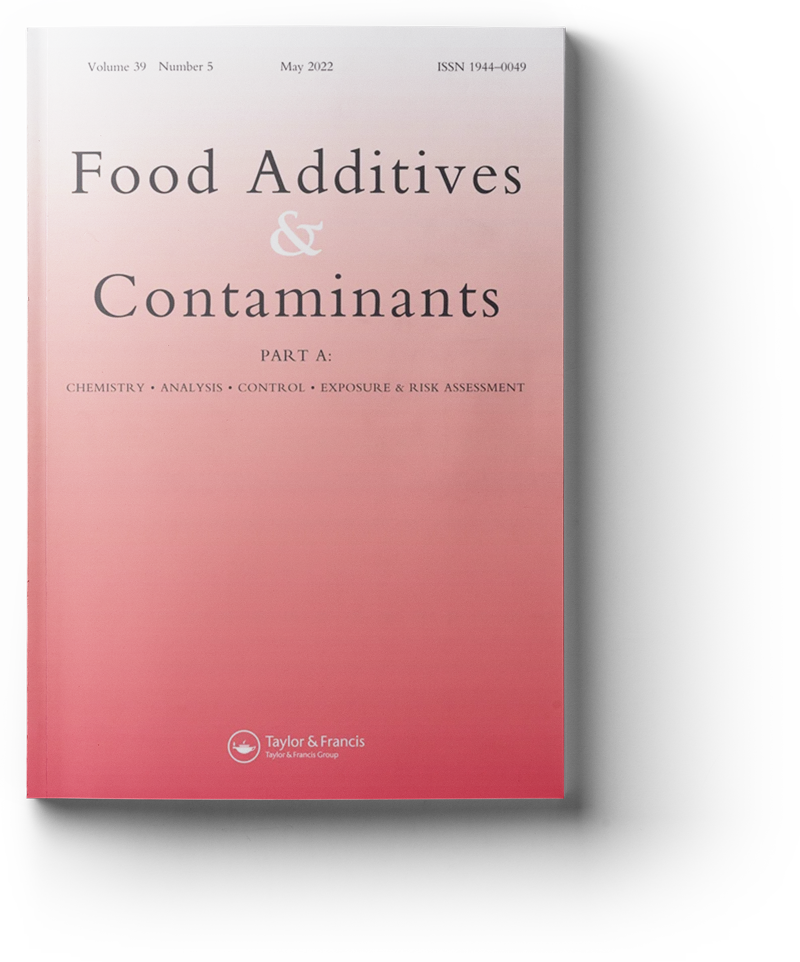Children with phenylketonuria (PKU) and severe cow’s milk protein allergy (CMPA) consume prescribed, specially formulated, foods for special medical purposes (FSMPs) in addition to having restricted intake of normal foods. These vulnerable patients are exposed to artificial sweeteners from the consumption of a combination of both free and prescribed foods. Young patients with PKU and CMPA aged from 1 to 3 years have a higher risk of exceeding the acceptable daily intake (ADI) for sweeteners than age-matched healthy children. A probabilistic modelling approach has been adapted successfully to assess the exposure of young patients with PKU and CMPA to low-calorie sweeteners. To assist professionals in the screening and formulation of foods containing food additives for such patients, a simplified exposure method/tool has been developed. The tool is intended to ensure that total dietary exposure can be considered. The simplified tool is not intended to replace the probabilistic model but may be used as a screening tool to determine if further investigation on exposure is warranted. The aim of this study was to develop and validate this simplified exposure tool to support those currently used by healthcare professionals (HCPs) using data available from the probabilistic modelling of exposure in young children with PKU and CMPA. The probabilistic model does not allow for swift screening of exposure scenarios nor is the present EFSA Food Additive Intake Assessment Model (FAIM) fully suitable for application to medical foods. The simplified exposure tool in medical nutrition (SETIM) reported here is both reliable and consistent and provides additive usage levels which minimise regular exposure above the ADI in patients. In addition to the usefulness of SETIM for the medical nutrition industry, the tool has the potential to enhance the practice of evidence-based medical nutrition by official risk assessment bodies, registration authorities and healthcare professionals.
O’Sullivan Aaron J., Cian O’Mahony, Leo Meunier, Nik Loveridge & Aideen I. McKevitt
Pages 1453-1463 | Received 21 Mar 2018, Accepted 06 Jun 2018, Accepted author version posted online: 18 Jun 2018, Published online: 11 Jul 2018
11/07/2018
Download Publication >>>
Investigation of the potential for a simplified exposure tool in medical nutrition (SETIM) to minimise exposures to sweeteners in young patients aged 1-3 years with PKU and CMPA

Authors: O’Sullivan Aaron J., Cian O’Mahony, Leo Meunier, Nik Loveridge & Aideen I. McKevitt
Keywords: Probabilistic modelling, young patients, foods for special medical purposes, phenylketonuria, cow’s milk protein allergy, simplified exposure tool in medical nutrition (SETIM)